Hi Everyone! Ok, so Emma and I were talking about all these awesome myths
and legends. I told her some stuff about
how All Hallows Eve became Halloween.
She told me about the awesomeness of
the headless horseman. I told her
about cool faerie legends. We both
gushed to one another about brilliant vampire myths. And so we thought: hey! This could make an awesome edition to our All
Hallows Halloween event! And voila! We hope you enjoy!!
 Once upon a time, Halloween wasn’t about getting sweets,
dressing up and watching spooky movies. There
are many rituals and beliefs that came before this. Halloween – also known as All Hallows Eve or
Samhain – was the time when the veil between the living and the dead was at its
thinnest. You could summon spirits of
your departed loved ones – but you had to be wary because demons, evil spirits
and faeries were also more active and could cause you harm… It was the day when evil was at its strongest
and demons and ghosts ruled the night… People
lit bonfires to scare off evil spirits. They
would disguise themselves as demons by wearing masks. Now, the masks are for fun but back in the
day this was all serious. People were
more superstitious then and on this day, All Hallows Eve, they were more
superstitious than ever.
Once upon a time, Halloween wasn’t about getting sweets,
dressing up and watching spooky movies. There
are many rituals and beliefs that came before this. Halloween – also known as All Hallows Eve or
Samhain – was the time when the veil between the living and the dead was at its
thinnest. You could summon spirits of
your departed loved ones – but you had to be wary because demons, evil spirits
and faeries were also more active and could cause you harm… It was the day when evil was at its strongest
and demons and ghosts ruled the night… People
lit bonfires to scare off evil spirits. They
would disguise themselves as demons by wearing masks. Now, the masks are for fun but back in the
day this was all serious. People were
more superstitious then and on this day, All Hallows Eve, they were more
superstitious than ever.
Of course, some of the traditions are probably better off in
the past. I don’t fancy the idea of
sacrificing a first born child on Samhain (mainly because that would be me) or
that there seemed to be lots of burning things down and violence and
death… The huge feast and barrels of
alcohol don’t sound too bad, though!
Books that Megan recommends:


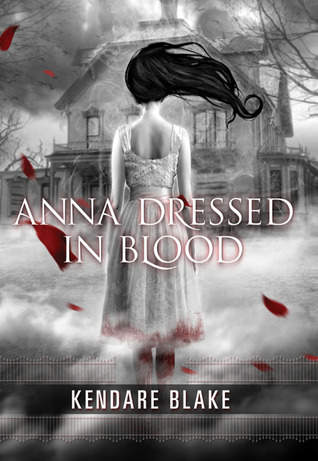

The dominant spirit, however, that haunts this enchanted region, and seems to be commander-in-chief of all the powers of the air, is the apparition of a figure on horseback, without a head. It is said by some to be the ghost of a Hessian trooper, whose head had been carried away by a cannon-ball, in some nameless battle during the Revolutionary War, and who is ever and anon seen by the country folk hurrying along in the gloom of night, as if on the wings of the wind. His haunts are not confined to the valley, but extend at times to the adjacent roads, and especially to the vicinity of a church at no great distance ... the body of the trooper having been buried in the churchyard, the ghost rides forth to the scene of battle in nightly quest of his head, and that the rushing speed with which he sometimes passes along the Hollow, like a midnight blast, is owing to his being belated, and in a hurry to get back to the churchyard before daybreak.
This particular piece is by the person who wrote The Legend of Sleep Hollow' Washington Irving. I for one wouldn't like to be in a graveyard at anytime of the night, neither knowing that their could be someone haunting my very footsteps...
Books that Emma recommends:



When I was a little girl, I loved fairies. Who didn’t?
I had a book about all these different, cute and wild fairies – from
summer to winter, good and bad. They
looked like goddesses – beautiful but untameable.
As I got older, I moved on from cute little Tinkerbell-like
fairies. I got into Shakespeare’s A
Midsummer’s Night Dream. I just love the
faeries in that – Titania, Oberon, Puck…
I loved how they were so powerful and so beautiful, but with a truly
wicked side.
Faeries, so the legends go, used to be everywhere. They were very much something other, living outside our realm but not
entirely separate. Sometimes the term
‘faerie’ meant what we consider to be fey as well as creatures such as goblins,
sometimes it simply meant faeries –
the otherworldly, beautiful and sometimes terrible creatures we know
today. They were often superstitiously
referred to as ‘wee folk’ or ‘fair folk’.
They always seem to have magical powers and look at least kind of
human. However, no one knows where they
come from. Some say they were
demons. Some say fallen angels. Some say a mix of angel and human, or angel
and demon. And some say they were just other: not from this world, nor from
heaven, nor from hell. Other lore say
that faeries were too good for hell but too wicked for heaven, leaving them
trapped partly in the human realm.
Generally, lore goes that iron hurts faeries, as do certain
plants and herbs. The changeling myth
comes from faeries: they’d sneak into your house at night, take your baby or
child and replace it with a faerie child.
Why? Maybe because the faerie was
in need of a slave. Maybe they just
wanted a human child. Or maybe they’re
just that wicked.
Of course, most faerie lore comes from before Christianity
was big in Europe. With the raise of
Christianity, many of the superstitions were lost – as was the belief in
faeries. Before, though, they were
sometimes worshipped as minor gods – nymphs and tree spirits. I think, from what I know of faeries, they
would have liked that.
Books that Megan recommends:


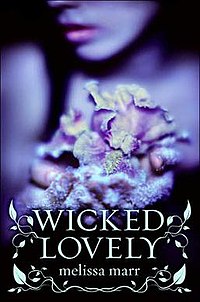
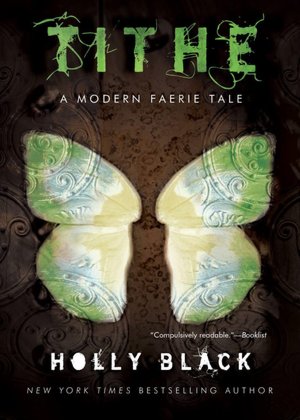
For more awesome faerie books, check out this Goodreads Listopia!
Vampires are forever. They are the undead: immortals who
walk the Earth undetected, seeking blood to sustain their unnatural existence.
Their origins are lost in the mist of time. From the earliest civilizations
they have been whispered about in myth and legend… I hear by produce to you my
very favourite and more historical of legends that arisen the Blood Demons.
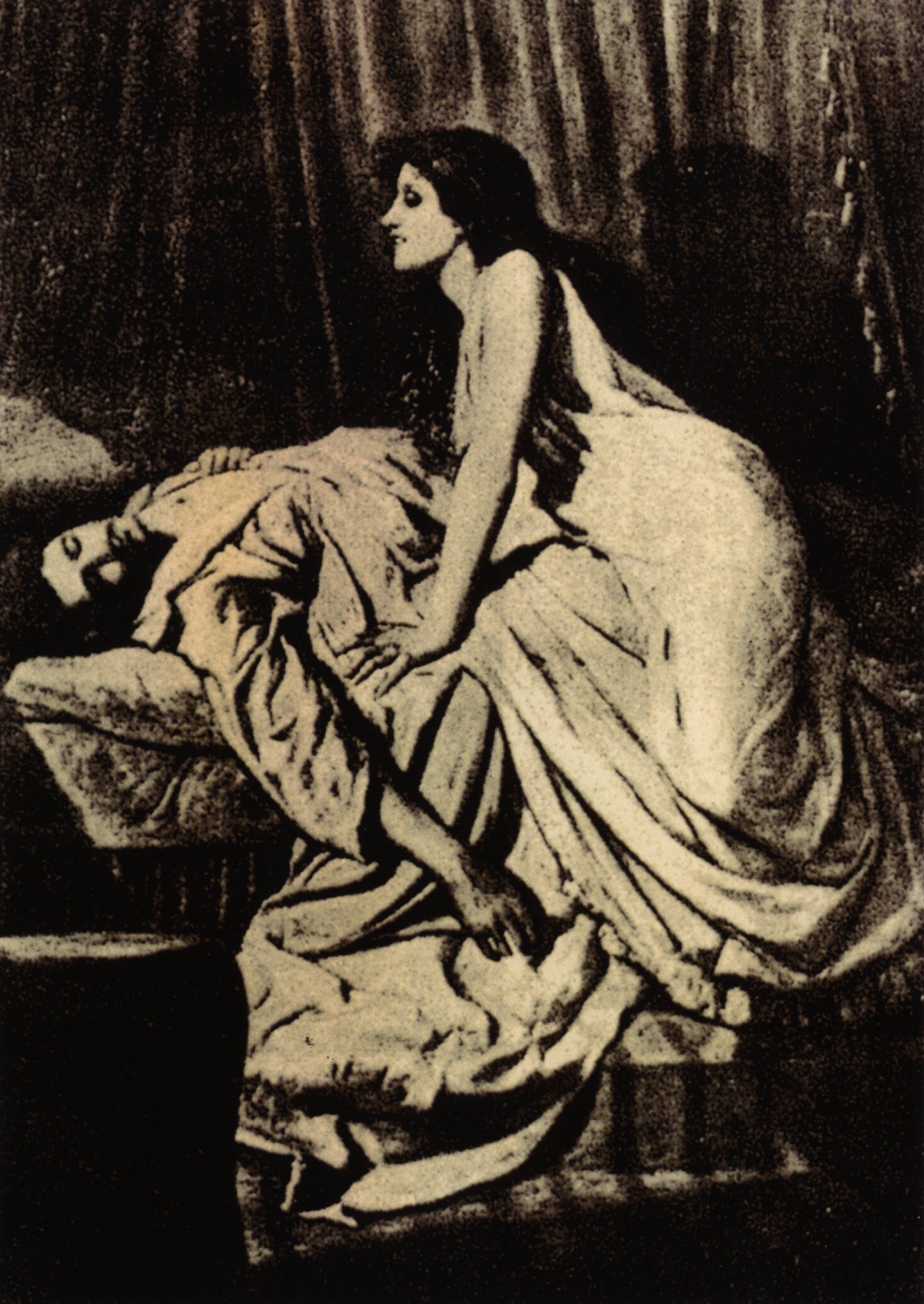 But one for more of a traditional audience of the Vampire
Legends, I believe that another one of my favourites…that the case and rise of
Vampires are secluded to one point and one place in time… Eastern Europe. This
is where they became truly alive or in this case the undead.
But one for more of a traditional audience of the Vampire
Legends, I believe that another one of my favourites…that the case and rise of
Vampires are secluded to one point and one place in time… Eastern Europe. This
is where they became truly alive or in this case the undead.
In the 16th and 17th centuries, the
countries of Eastern Europe were rife with myths of blood drinking revenants.
The horrific reanimated corpses later came to be known as vampires. IN Romania
and Slovakia, belief in them was so strong that graves were desecrated and
bodies staked in effort to root them out. In the rural communities of Romanaia
and Slovkia, people held strong beliefs of the walking dead. When misfortune,
disease, or food shortages struck, these were attributed to the deceased who,
unable to rest in their graves, had risen up to inflict evil on their
neighbours. Known variously as Strigoi and Moroi, these creatures were said
prowl at night and feed on blood.
This particular element of a Vampire Legends relates closely
to Dimitri and his background in the Vampire Academy Books. They are by far my favourite
and I also think more realistic to their true nature. Other brilliant vampire
books for me include The Ravenwood Mysteries by Mia James, The Morganville
Vampires by Rachel Caine, Some of the House of Night books but not all.
Vampires are the best paranormal species out their and I love how Vampires Past and Present still roam this Earth... I wonder what the future holds for them...
Books that Emma recommends:


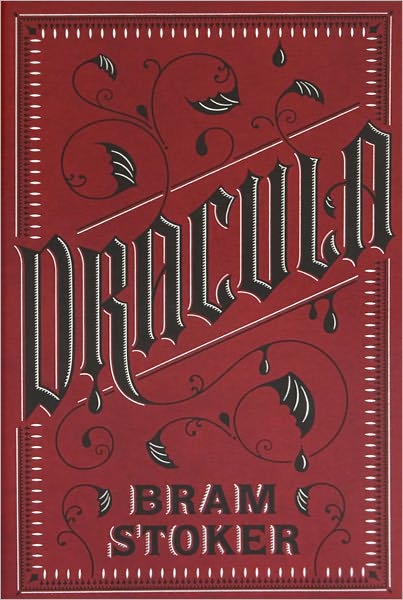

Of course, for brilliant Halloween reading one can never go wrong with Dracula or Frankenstein or anything by Edgar Allen Poe. For ghostly happenings, definitely read Anna Dressed in Blood by Kendare Blake or Jonathon Stroud’s The Screaming Staircase. Oh, and for a brilliant selection of awesome short witchy stories, read Under My Hat, edited by Jonathan Strahan.
I could probably go on, but the point is Halloween might not
be what it was but we still have tons of spooky books to read to get in the
mood! Enjoy!! :D








No comments:
Post a Comment